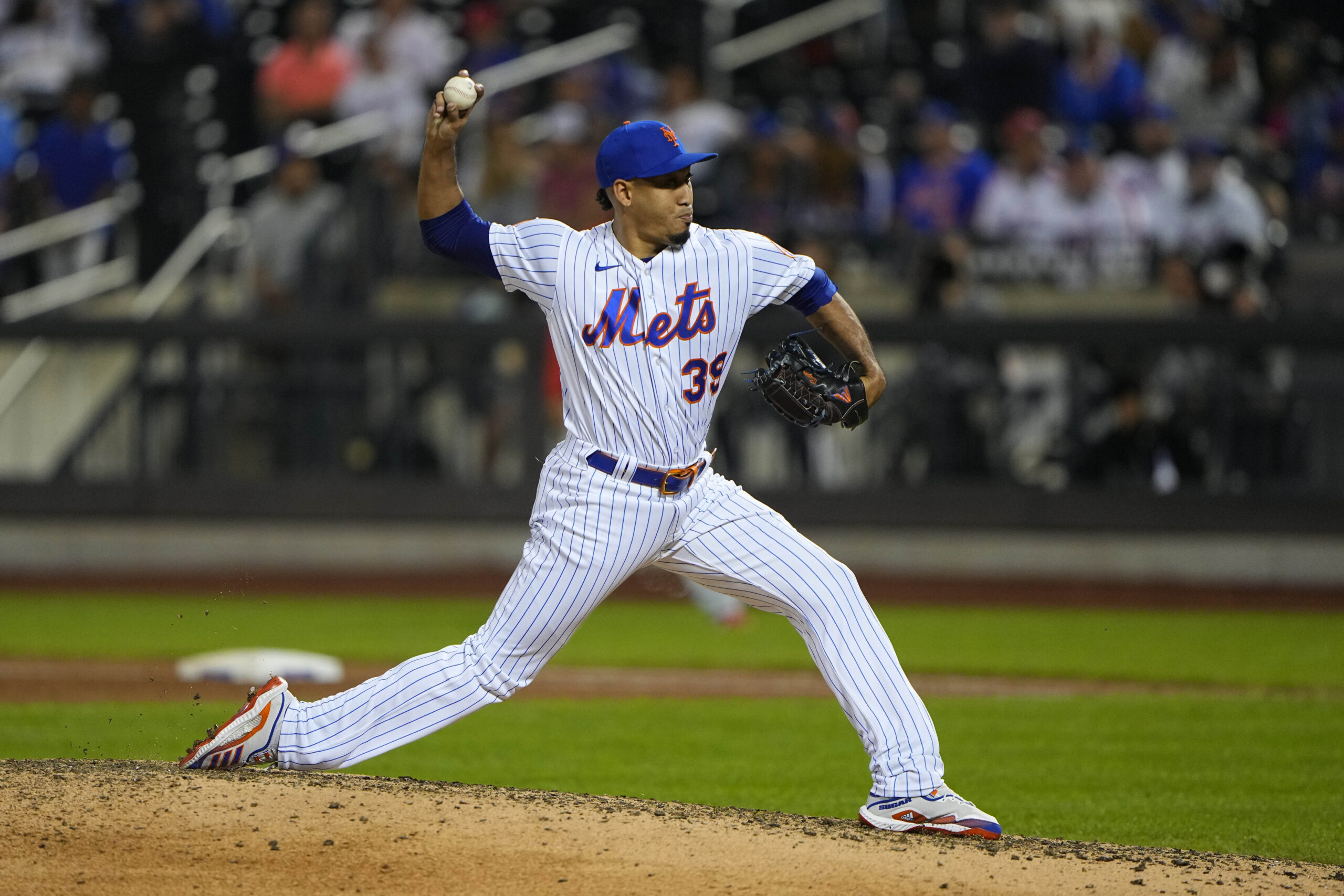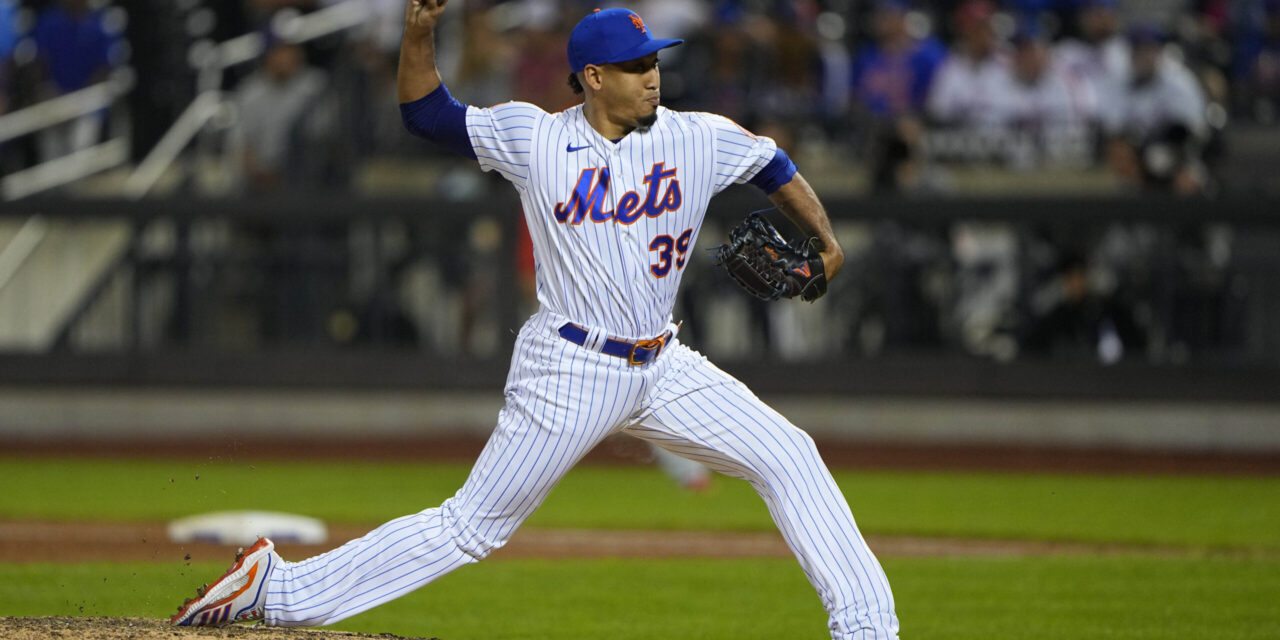
Gregory Fisher-USA TODAY Sports
On June 20, Major League Baseball mandated that teams may have no more than 13 pitchers on their rosters. The intent of this rule is simple: limit pitching changes to move games along more quickly and create a product with more on-field action to entertain fans and keep them coming to and watching games. Simple, right? Let’s take a look at what has happened since June 20.
Jayson Stark recently wrote about the thirteen pitcher limit in The Athletic. Starting with the good news, baseball on regional sports networks regularly beats all programming on network television in the ratings. Moving to the not-so-good news, we know that baseball’s fan demographic is skewed, far more than that of all other sports, to older fans, with the median age of fans attending games being over fifty years old. This does not bode well for the viability of the game over the long term.
Stark recaps what fan surveys have shown that fans want from baseball:
• More action.
• Less dead time.
• More great athletes doing that awesome athletic stuff they do.
• More doubles, triples, stolen bases, runners in motion, etc.
And now here’s the important part, at least as it applies to this rule. They also want:
• Fewer pitching changes!
• More starting-pitching matchups fans can get excited about — in part because they can feel reasonably sure those starting pitchers will be out there for more than like, 12 outs.
Well, then baseball is doing the right thing, correct? It hasn’t really played out that way, at least for now. Fewer pitching changes start with starters going deeper into games. That’s not happening in a significant way. Since June 20 across baseball, starters are averaging 5.33 innings pitched, versus 5.11 innings pitched from the start of the 2022 season up to June 20.
There are fewer pitchers on rosters, and the starters are not picking up the slack, so who is gobbling up these innings? We know that managers don’t like to use the same relievers over and over (not to mention that doing so is bad for the hurlers’ effectiveness and careers). As you may have guessed, position players are pitching more in 2022 than ever before (as long as their teams trail by six or more runs).
Stark points out that in 2016, there were 26 position players who pitched that entire season. Since June 20, 34 position players have taken the mound (through games of August 9), and this season overall through that same date, 76 non-pitchers have toed the slab. Further, Stark notes that position players taking the hill regularly is really a recent phenomenon, as in 2005 it occurred just once all year and only three times in 2008.
Is it a mistake for baseball to use limited numbers of pitchers on rosters as one method to reduce “dead air” in games? There are a couple of different ways to answer that question. First, some find the old “reserve catcher on the mound” to be fun. After all, it’s a game, and it should be entertaining. Former Met and current Brave Travis d’Arnaud see it this way. From Stark’s article:
“It makes it fun. Like, the game is out of hand, obviously. And it just brings back a little fun dynamic back into it when the score is out of hand, instead of it kind of being boring and everybody just wants to get (the game) over.”
Another answer to the question is that though starters are not going deeper into games now, the roster limit may eventually lead to a change, where starters are groomed to go longer into games. This will take time, of course, but it would be “back to the future”. In 1972, starters averaged more than seven innings per start.
As recently as 2014, Stark notes, starters averaged six innings per outing. So the pendulum can swing back to longer starts. That would mean fewer pitching changes, perhaps faster and more action-packed games, etc. Maybe it’s not that the roster limit isn’t working, it’s just not working yet.
Yankees’ closer Clay Holmes would like to see a reduction in the frequency of position players pitching. It’s fair to say he did not like what happened on July 5, 2022, when five teams used non-pitchers on the mound in the same day. From Stark’s article:
“It’s definitely not ideal. I don’t think it’s great. When it’s every once in a while, I understand it. But I don’t know. It’s not something I want to see continuing.”
The reality is that if your team is using their backup middle infielder to pitch, your team is losing badly. That may be entertaining once in a while, but the proliferation of the tactic in recent years has progressed beyond the point of novelty.
Perhaps the main point of the roster rule–getting starters deeper into games as one way to reduce pitching changes and increase action–is exactly where it needs to be in its evolution. Initially, the trend goes in the wrong direction, but as the game reacts and adjusts to the new rule, the desired endpoint can be reached.
Sure, it was fun to watch Anthony Recker pitch in 2013, and Jose Reyes do so in 2018 (and others since), but it gets old. The rule limiting the number of pitchers on rosters may need time to settle in. Organizational and managerial philosophies will need to change as well. Baseball does evolve (did you ever think we’d see ghost runners still in effect after 2020, or the DH permanently in the National League?). Just give the roster rule some time.
















